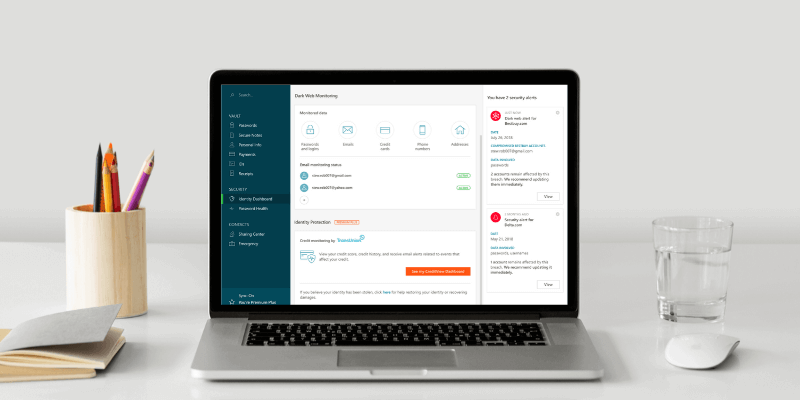
Dashlane
Summary
If you’re not already using a password manager, it’s time to start. Place Dashlane at the top of your shortlist. It offers a number of ways to get your passwords into the app, provides a wide variety of features while remaining easy to use, and offers excellent security. It won’t cost you much more than the competition, and it seems to be growing in popularity.
If you’re looking for a free password manager, then this isn’t the best solution for you. Although a free plan is offered, it is limited to just 50 passwords on a single device, which won’t be workable for most users in the long term. You’d be better off using an alternative like LastPass, whose free plan allows you to manage an unlimited number of passwords on multiple devices.
But if you’re serious about your password security and are willing to pay for all the features, Dashlane offers good value, security, and functionality. I recommend you make use of the 30-day trial to see if it meets your needs.
What I Like: Full-featured. Excellent security. Cross-platform for desktop and mobile. Password health dashboard. Basic VPN.
What I Don’t Like: The free plan is quite limited. Difficult to manage categories. Import doesn’t always work.
Table of Contents
- Why Should You Trust Me?
- Dashlane Review: What’s In It For You?
- 1. Securely Store Your Passwords
- 2. Generate Strong, Unique Passwords for Each Website
- 3. Automatically Log in to Websites
- 4. Grant Access Without Sharing Passwords
- 5. Automatically Fill in Web Forms
- 6. Securely Store Private Documents and Information
- 7. Be Warned About Password Concerns
- 8. Enhance Your Privacy and Security with a VPN
- Reasons Behind My Dashlane Ratings
- Final Verdict
Why Should You Trust Me?
My name is Adrian Try, and I’ve been using password managers for over a decade. I used LastPass both as an individual and a team member. My managers were able to give me access to web services without me knowing the passwords, and remove access when I no longer needed it. And when I left the job, there were no concerns about who I might share the passwords.
I set up different user profiles for my different roles, partly because I was bouncing between three or four different Google IDs. I set up matching identities in Google Chrome so that whichever job I was doing I had the appropriate bookmarks, open tabs, and saved passwords. Changing my Google identity would automatically switch LastPass profiles, simplifying the whole process.
Over the last few years, I’ve been using Apple’s iCloud Keychain to manage my passwords. It integrates well with macOS and iOS, suggests and automatically fills in passwords (both for websites and applications), and warns me when I have used the same password on multiple sites. But it doesn’t have all of the features of its competitors, and I’m keen to evaluate the options as I write this series of reviews.
I hadn’t tried Dashlane before, so I installed the 30-day free trial, imported my passwords, and put it through its paces over a number of days.
Some of my family members are tech-savvy and use password managers—notably 1Password. Others have been using the same simple password for decades, hoping for the best. If you’re doing the same, I hope this review will change your mind. Read on to discover whether Dashlane is the right password manager for you.
Last but not least, I contacted the support team of Dashlane via email for one issue and Mitch got back to me with an explanation. See more below.
Dashlane Review: What’s In It For You?
Dashlane is all about security—managing passwords and more—and I’ll list its features in the following eight sections. In each subsection, I’ll explore what the app offers and then share my personal take.
1. Securely Store Your Passwords
The best place for your passwords today is a password manager. Dashlane’s paid plans will store them all on the cloud and sync them to all of your devices so they’re there when you need them.
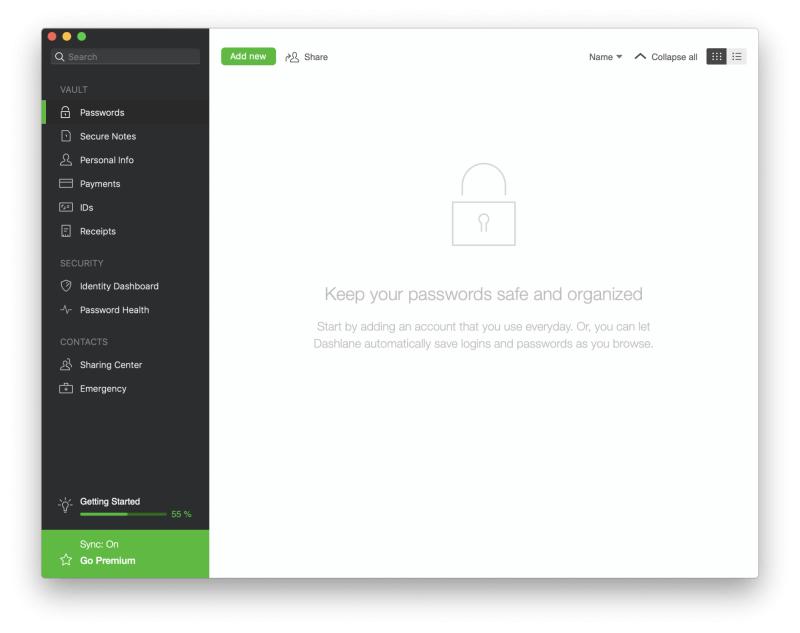
On the desktop, your passwords are synchronized every five minutes, and that’s not configurable. On mobile, they’re synced manually by tapping Sync > Sync Now.
But is it really better to store your passwords in the cloud rather than on a spreadsheet or sheet of paper? If that account was ever hacked, they’d gain access to everything! That’s a valid concern. But I believe that by using reasonable security measures, password managers are the safest places to store sensitive information.
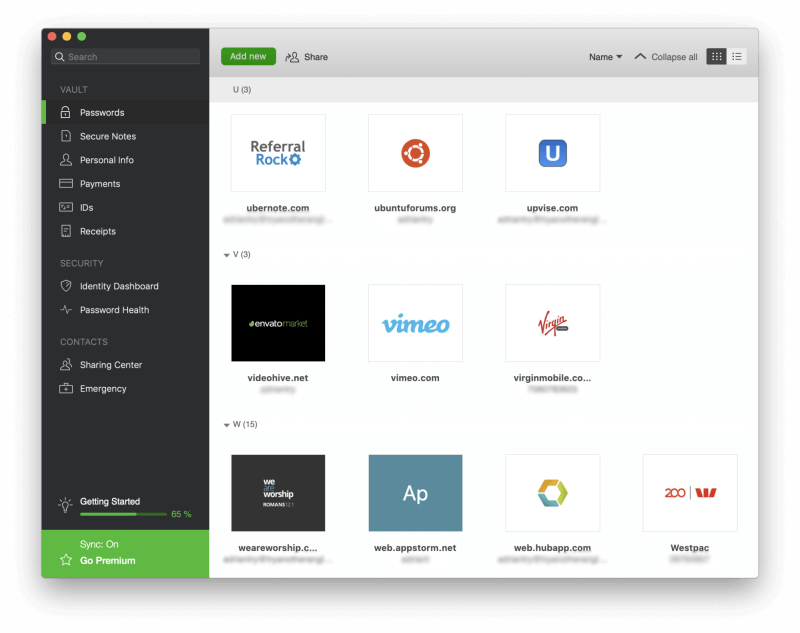
Good security practice starts with choosing a strong Dashlane Master Password and keeping it safe.

Your master password is like a key to a safe. Don’t share it with others, and never lose it! Your passwords are safe with Dashlane because they don’t know your master password and have no access to the contents of your account. That also means they can’t help you if you forget your master password, so make sure you choose something memorable.
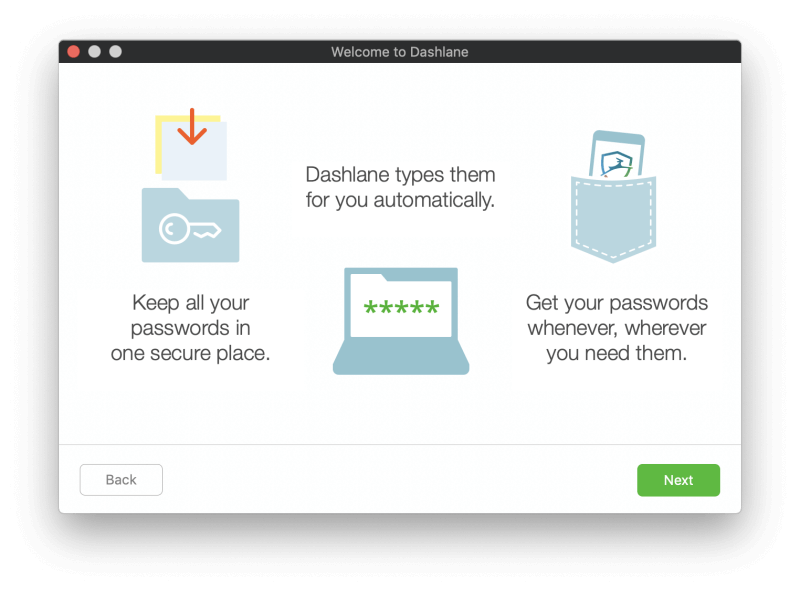
For additional security, Dashlane uses two-factor authentication (2FA). When you try to log in on an unfamiliar device, you’ll receive a unique code by email so you can confirm that it’s really you logging in. Premium subscribers get additional 2FA options.
How do you get your passwords into Dashlane? The app will learn them each time you log in, or you can manually enter them into the app.
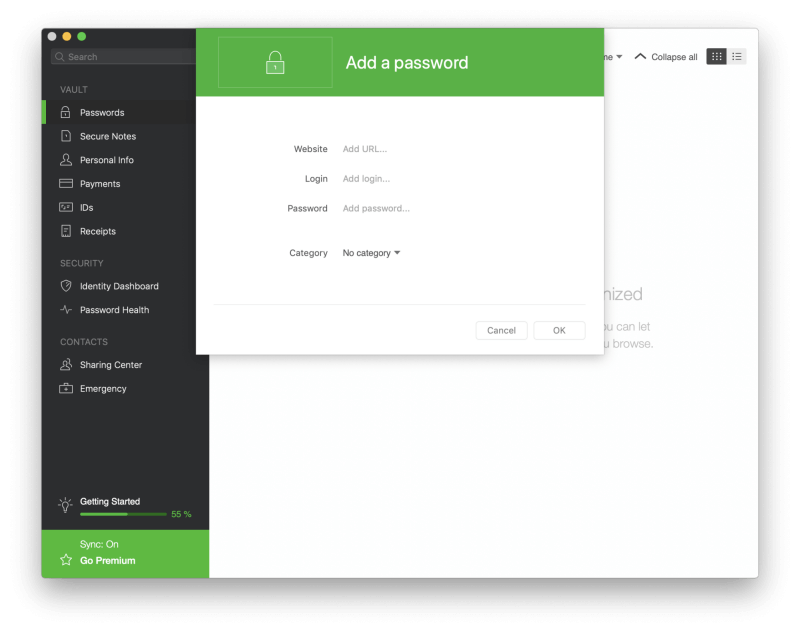
There is also a range of import options, so if you currently store your passwords elsewhere you should be able to get them into Dashlane with a minimum of effort. However, I wasn’t successful every time when testing import.
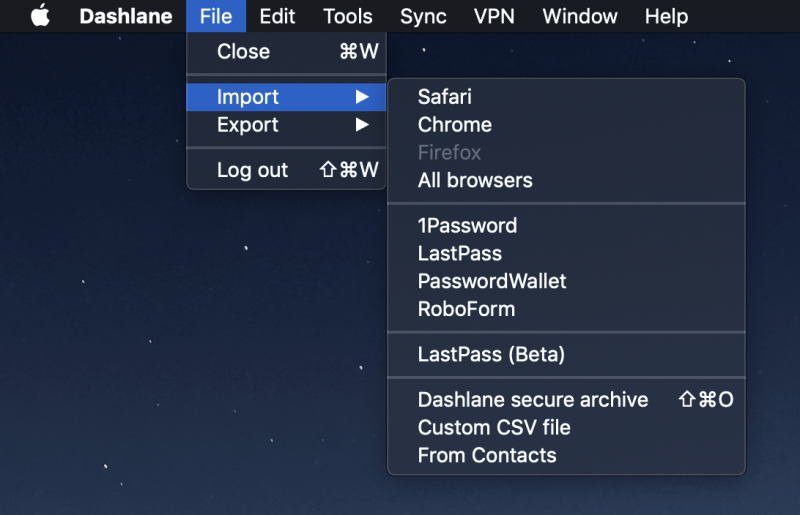
I store all of my passwords in Safari (with iCloud Keychain), but nothing was imported when I tried that option. For convenience, I keep a few in Chrome, and they were imported successfully.
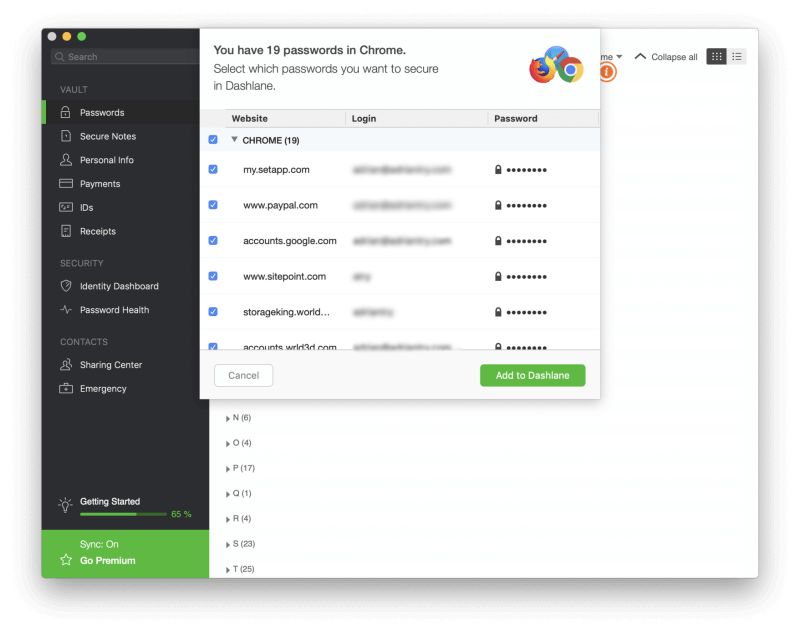
After all these years, LastPass still had all of my old passwords, so I tried the “LastPass (Beta)” option that attempts to import them directly. Unfortunately, that didn’t work for me. So I tried the standard LastPass option that first requires you to export your passwords from LastPass into a CSV file, and all of my passwords were imported successfully.
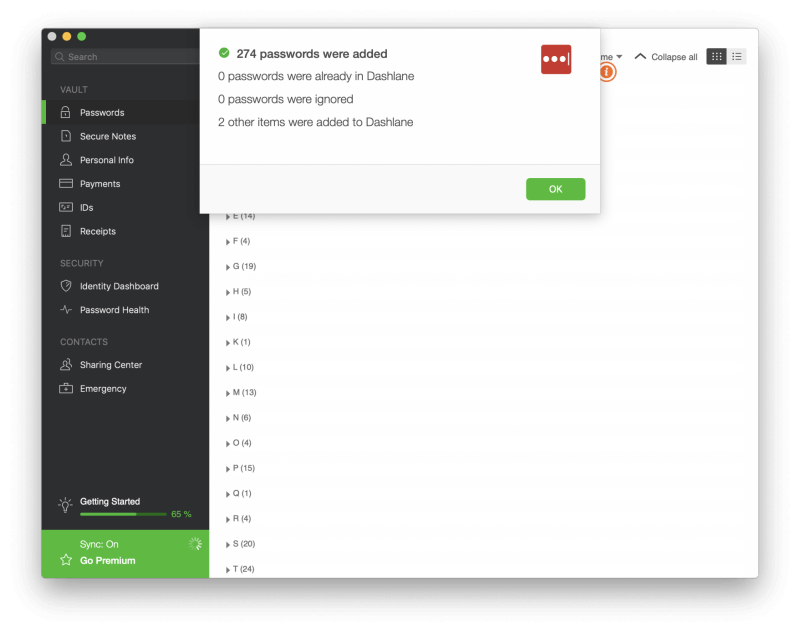
Once your passwords are in Dashlane, you’ll need a way to organize them. You can place them in categories, but you need to edit each item individually. That’s a lot of work, but worth doing. Unfortunately, tags are not supported.
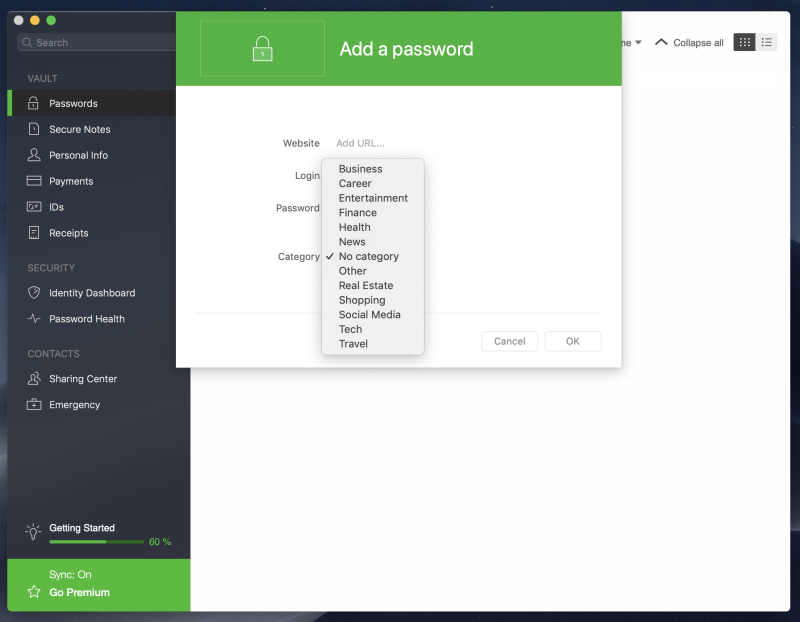
My personal take: Password managers are the safest place to store your passwords—that’s what they’re designed for. A good password manager will make them available on every device you use and log into websites automatically. Dashlane ticks all the boxes, and offers more import options than other applications, though they didn’t always work for me.
2. Generate Strong, Unique Passwords for Each Website
Too many people use passwords that can be easily cracked. Instead, you should use a strong, unique password for every website you have an account with.
What’s a strong password? Dashlane recommends the following:
- Long: The longer a password, the more secure it is. A strong password should be at least 12 characters long.
- Random: Strong passwords use a combination of letters, numbers, cases, and symbols to form an unpredictable string of characters that don’t resemble words or names.
- Unique: A strong password should be unique to each account to reduce vulnerability in the event of a hack.
That sounds like a lot to remember. Dashlane automatically creates strong passwords for you, remembers each one so you don’t have to, and makes them available on every device you use.
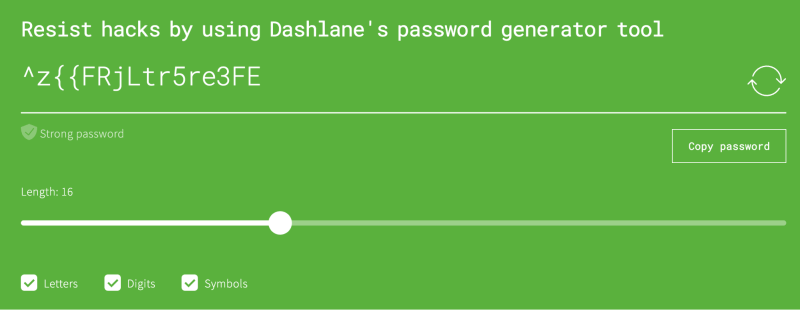
My personal take: A strong password is long enough and complex enough that it can’t be guessed and would take too long for a hacker to crack by brute force. A unique password means that if someone gains access to your password for one site, your other sites are not compromised. Dashlane makes it easy to achieve both of these goals.
3. Automatically Log in to Websites
Now that you have long, strong passwords for all of your web services, you’ll appreciate Dashlane filling them in for you. There’s nothing worse than trying to type a long, complex password when all you can see are asterisks. The easiest way to do this is by using one of Dashlane’s browser extensions rather than the main app.
Helpfully, once Dashlane is installed, it will prompt you to install a Dashboard in your default web browser.
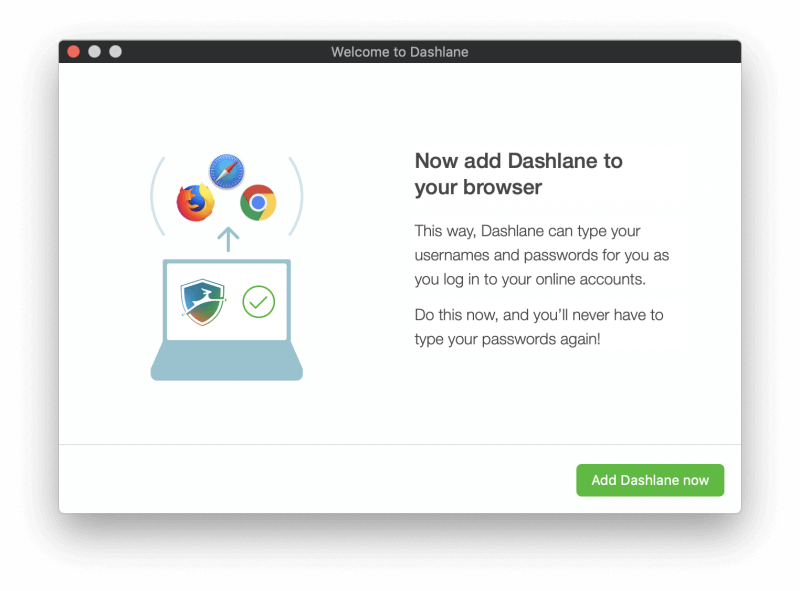
Clicking the Add Dashlane now button opened Safari, my default browser, installed the extension, then opened the settings page where I can enable it.
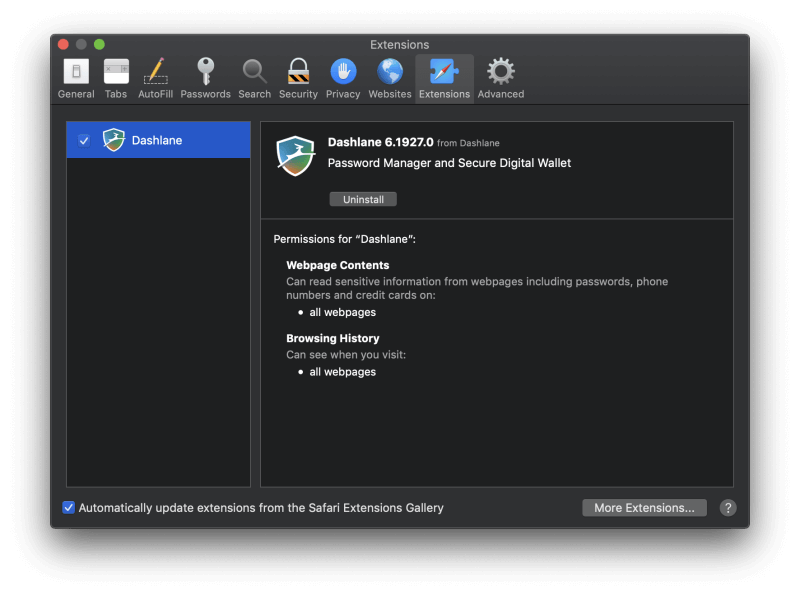
Now when I visit the Sign In page of a website, Dashlane offers to log in for me.
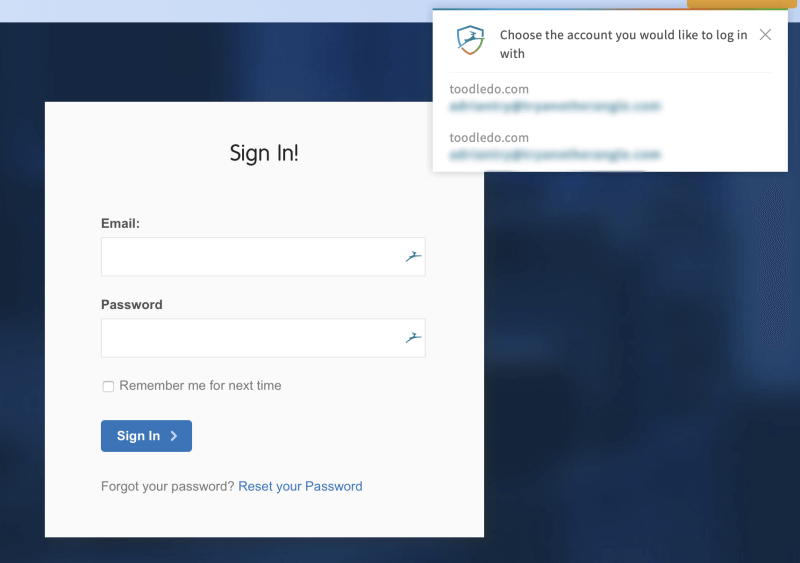
My personal take: Dashlane will generate strong passwords, remember them, and even type them for you. That means you don’t even need to know what they are. Just trust Dashlane to do it all for you.
4. Grant Access Without Sharing Passwords
Dashlane’s Business plan includes useful features for use with multiple users, including an admin console, deployment, and secure password sharing within groups. That last feature is useful because it allows you to grant access to certain sites to specific groups of users without them actually knowing the password.
That’s good for security because your employees aren’t always as careful with passwords as you are. When they change roles or leave the company, you just revoke their access. There’s no concern about what they might do with the passwords because they never knew them.
It also saves you from having to share sensitive passwords via email or other messaging apps. They’re not secure because the information is usually not encrypted, and the password is sent in plain text over the network. Using Dashlane means there are no security leaks.
My Personal Take: As my roles in various teams evolved over the years, my managers were able to grant and withdraw access to various web services. I never needed to know the passwords, I would just be automatically logged in when navigating to the site. That’s especially helpful when someone leaves a team. Because they never knew the passwords, removing their access to your web services is easy and foolproof.
5. Automatically Fill in Web Forms
Besides filling in passwords, Dashlane can automatically fill in web forms, including payments. There’s a Personal Info section where you can add your details, as well as the Payments “digital wallet” section to hold your credit cards and accounts.
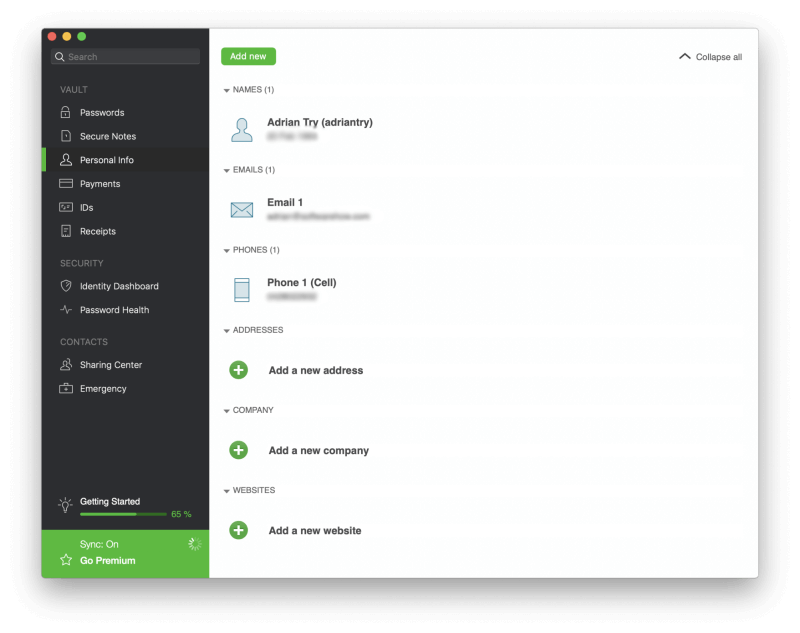
Once you’ve entered those details into the app, it can automatically type them into the correct fields when you are filling in forms online. If you have the browser extension installed, a drop-down menu will appear in the fields where you can select which identity to use when filling in the form.
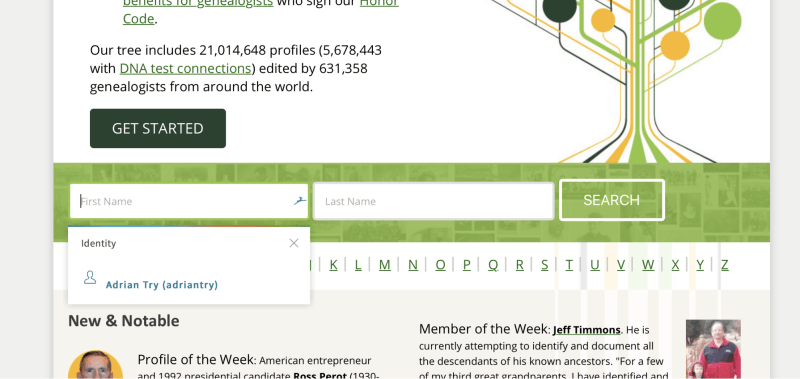
This is useful, and Dashlane is keen to have you use the feature. It takes you through a brief tutorial once you install the application.
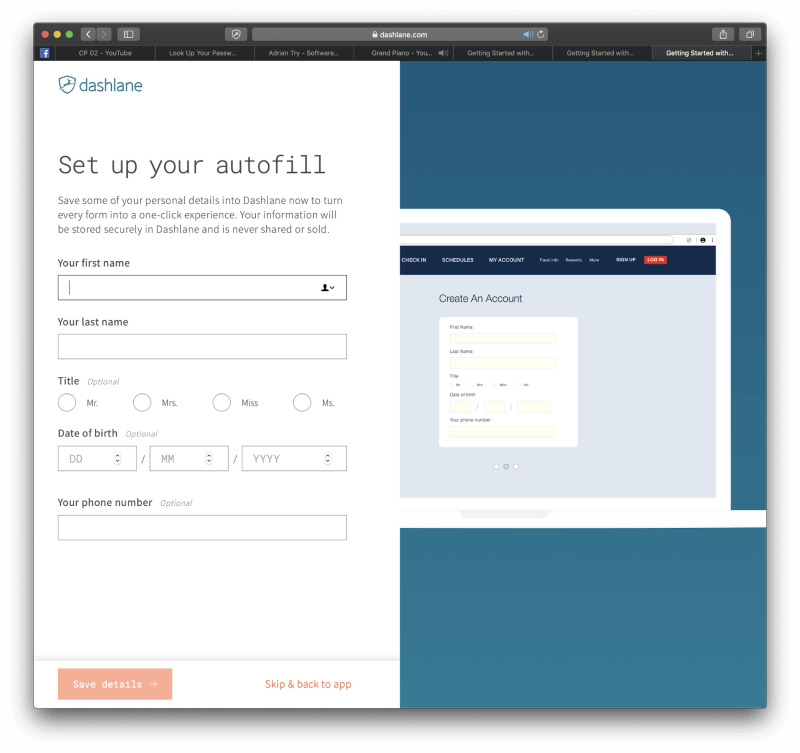
My personal take: Don’t just use Dashlane to type passwords for you, let it help you fill in online forms. By keeping your personal details in the app, you’ll save time by not having to fill in frequently-typed answers.
6. Securely Store Private Documents and Information
Since Dashlane has provided a secure place in the cloud for your passwords, why not store other personal and sensitive information there as well? Dashlane includes four sections in their app to facilitate this:
- Secure Notes
- Payments
- IDs
- Receipts
You can even add file attachments, and 1 GB of storage is included with paid plans.
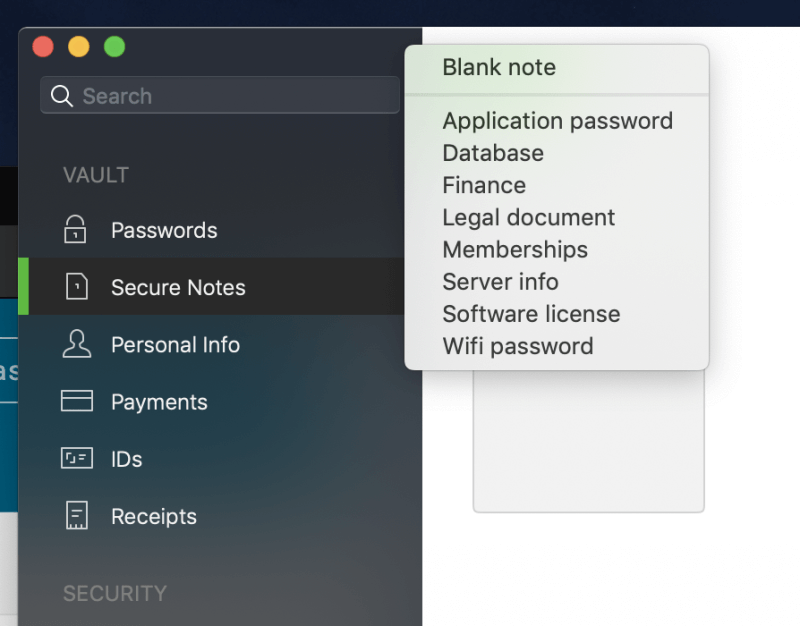
Items that can be added to the Secure Notes section include:
- Application passwords,
- Database credentials,
- Financial account details,
- Legal document details,
- Memberships,
- Server credentials,
- Software license keys,
- Wifi passwords.
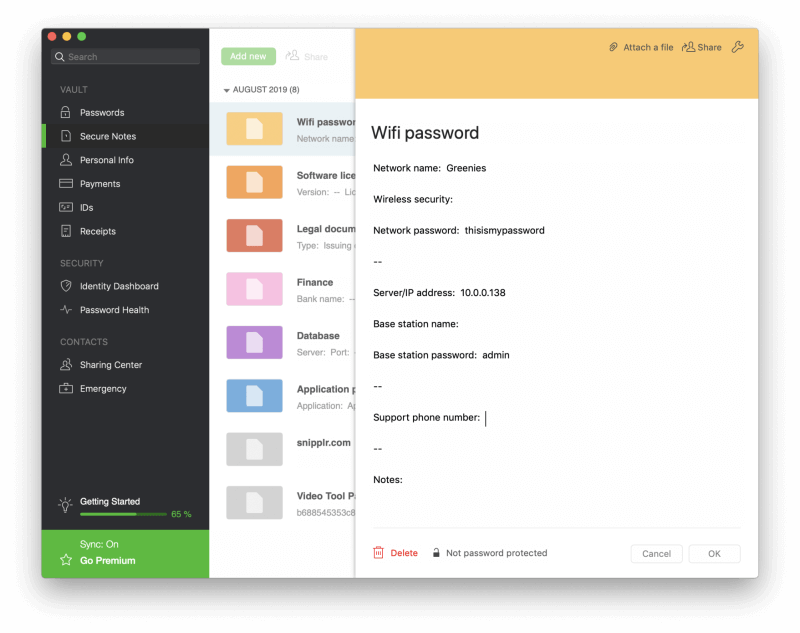
The Payments will store the details of your credit and debit cards, bank accounts, and PayPal accounts. This information can be used to fill in payment details on checkout, or just be used for reference if you need your credit card details when you don’t have your card on you.
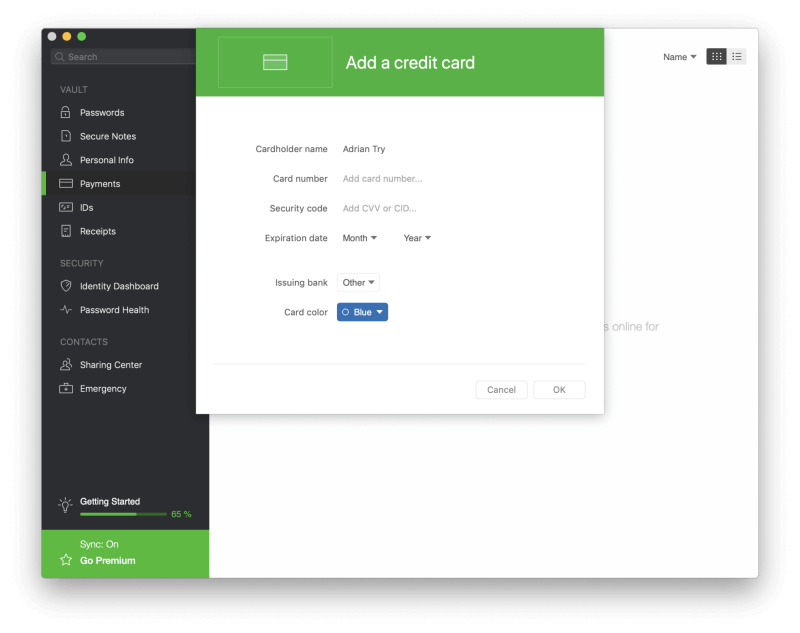
ID is where you store identification cards, your passport and driver’s license, your social security card and tax numbers. Finally, the Receipts section is a place you can manually add receipts of your purchases, either for tax purposes or for budgeting.
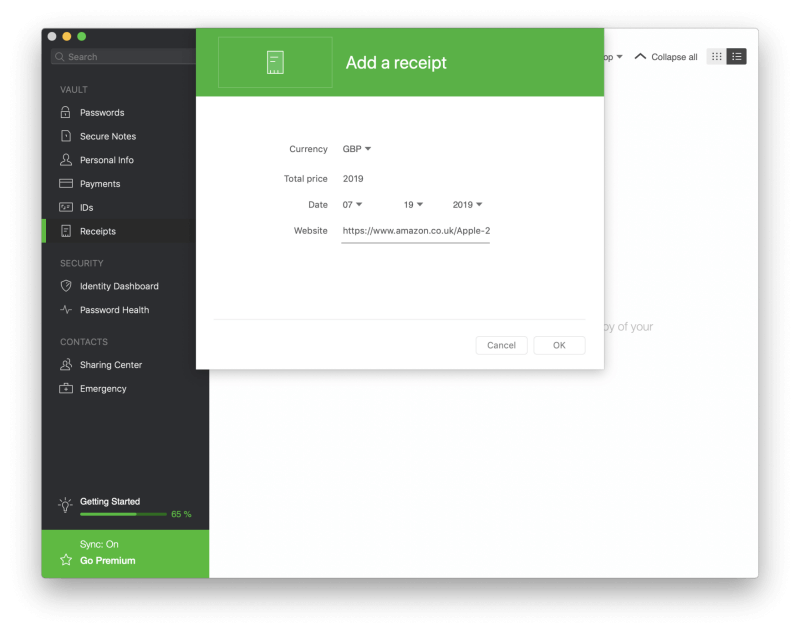
My personal take: Dashlane is more structured than 1Password when it comes to adding sensitive documents and cards, but just as useful. Keep your private information private but still accessible wherever you go.
7. Be Warned About Password Concerns
Dashlane has a number of security features that will warn you when you need to change a password. It’s too easy to lull yourself into a false sense of security, so a prompt to action is helpful, and often necessary. Dashlane is superior to 1Password here.
First is the Password Health dashboard which lists your compromised, reused, and weak passwords, gives you an overall health score and lets you change a password with a single click. My password health is only 47%, so I have some work to do!
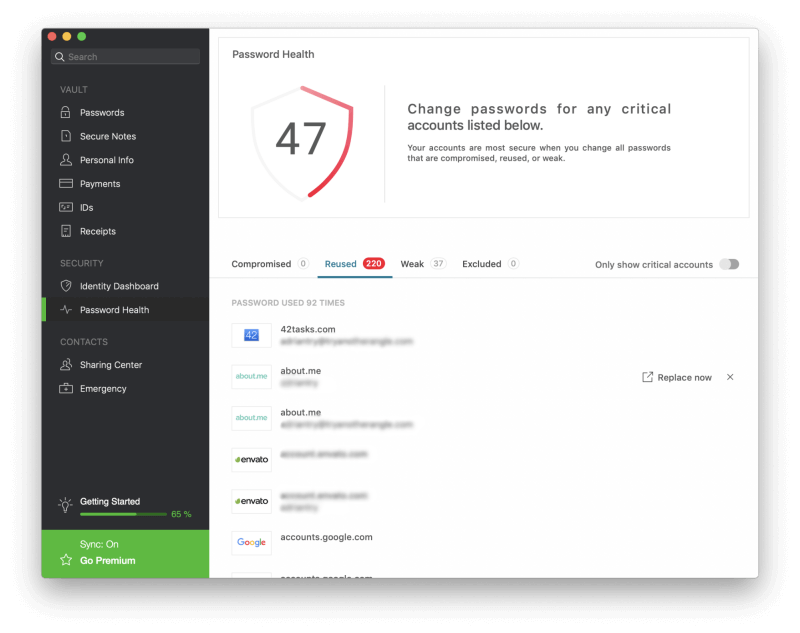
Fortunately, it looks like none of my passwords are known to have been compromised by a hack on a third-party service, but I do have a number of reused and weak passwords. Most of the weak passwords are for home routers (where the default password is often “admin”) and for passwords that were shared with me by other people. The data I imported into Dashboard from LastPass is quite outdated and many of the web services and home routers no longer exist, so I’m not too worried here.
But I did reuse a number of passwords, and that’s just bad practice. They need to be changed. When using other password managers, that’s a big job. I’d need to visit and log into each site manually and individually, then find the right place to change the password. I just never got around to making all of them unique. Dashlane promises to make things easier by handling the whole process.
By pressing a single button, Dashlane’s Password Changer promises to do all of that for me—and can even handle multiple sites at once. This feature only works with supported sites, but there are hundreds of these, and more are being added daily. Currently supported sites include Evernote, Adobe, Reddit, Craigslist, Vimeo and Netflix, but not Google, Facebook, and Twitter.
Unfortunately, this feature doesn’t seem to be available to me so I couldn’t test it. I’m a few days into my free trial, and the feature is supposed to be available even with the free plan, so I’m not sure why I’m not seeing the option. I contacted Dashlane Support to see if they can help, and Mitch came back with this reply:
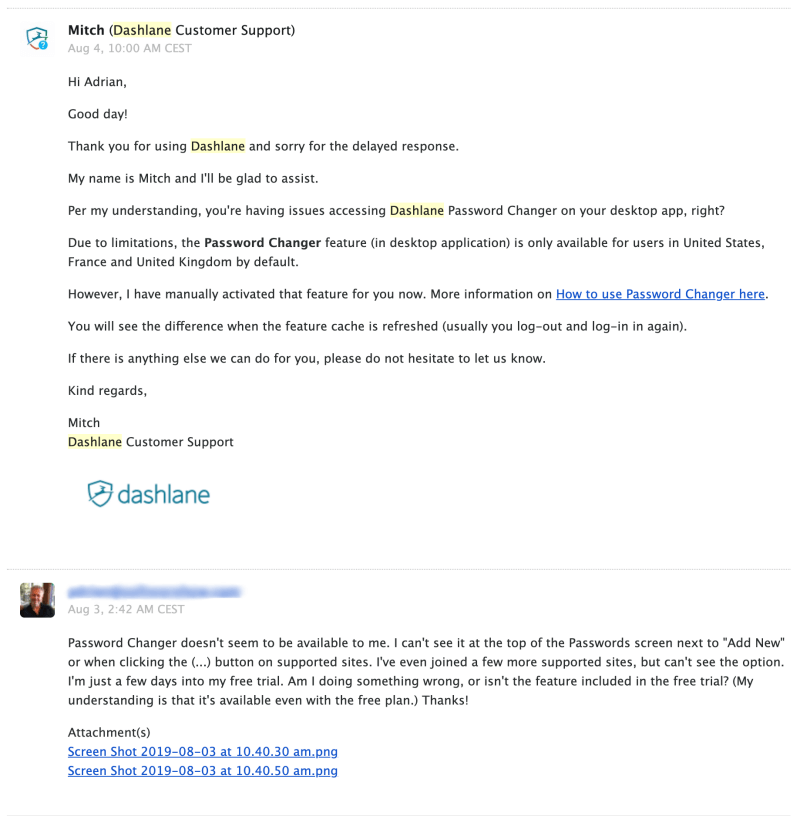
But while the feature is not available in Australia by default, Mitch manually activated it for me because of my support request. If you don’t live in one of the supported countries, it may be worth contacting support about this, though I can’t make any promises. After logging out and back in again, Password Changer was available to me. Dashlane successfully changed my password with Abe Books (a supported site) in less than a minute without even leaving the app.
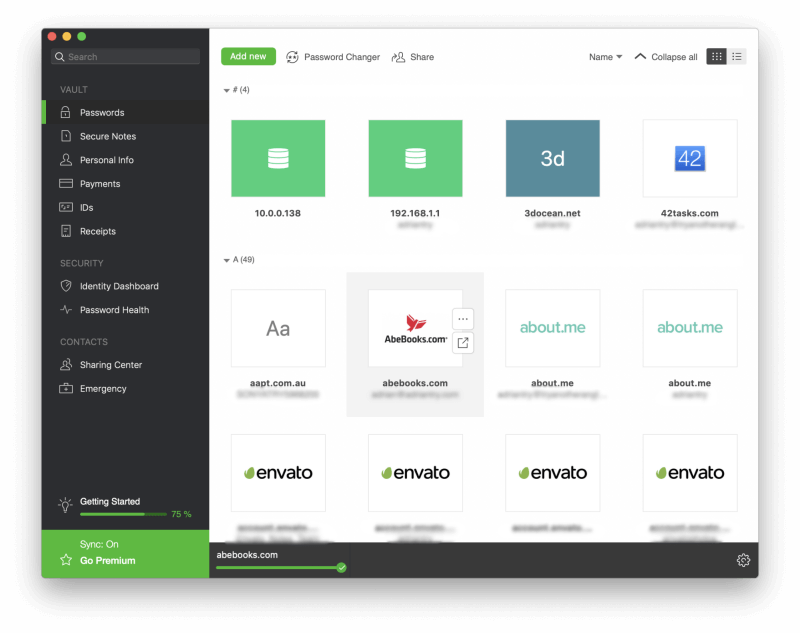
That was easy! If I could do that with all my sites, there would be little resistance to changing passwords whenever I need to. It would be great if it worked with all sites and in all countries, but there’s obviously still a lot of work to do here. I wish Dashlane the best here, though because they need to rely on cooperation with third parties as well as local laws only time will tell.
From time to time, a web service that you use will be hacked, and your password compromised. Dashlane monitors the dark web to see if your email address and password have been leaked. If so, you’ll be notified on the Identity Dashboard.
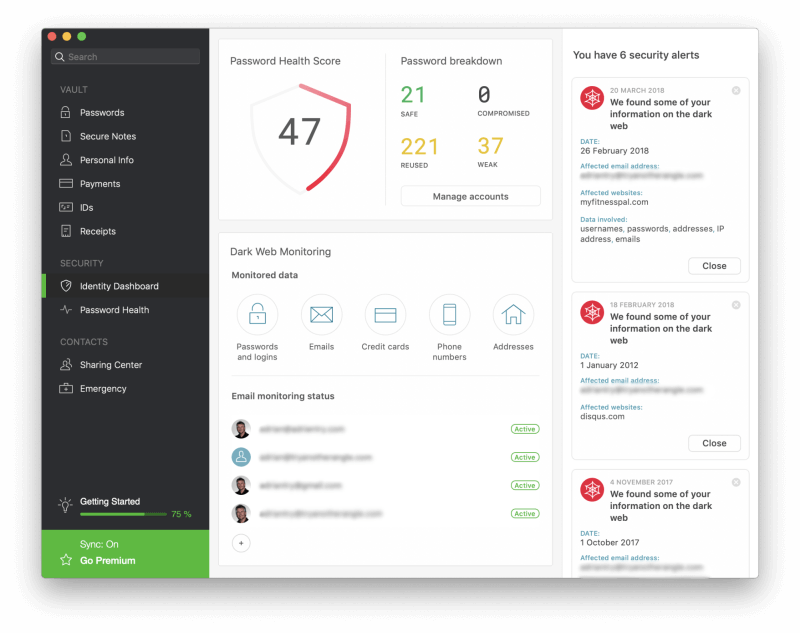
I had Dashlane scan for a few of my email addresses, and it found leaked or stolen the personal information of mine on the web. That’s a concern! I have six security alerts, yet Dashlane still states that I have no compromised passwords. I’m not sure why.
One of my email addresses was compromised by a Last.fm breach in 2012. I heard about it at the time and changed my password. Another email address was leaked in breaches of LinkedIn, Disqus, and Dropbox in 2012, Tumblr in 2013, MyHeritage in 2017 and MyFitnessPal in 2018. I wasn’t aware of all of those hacks and changed my passwords for good measure.
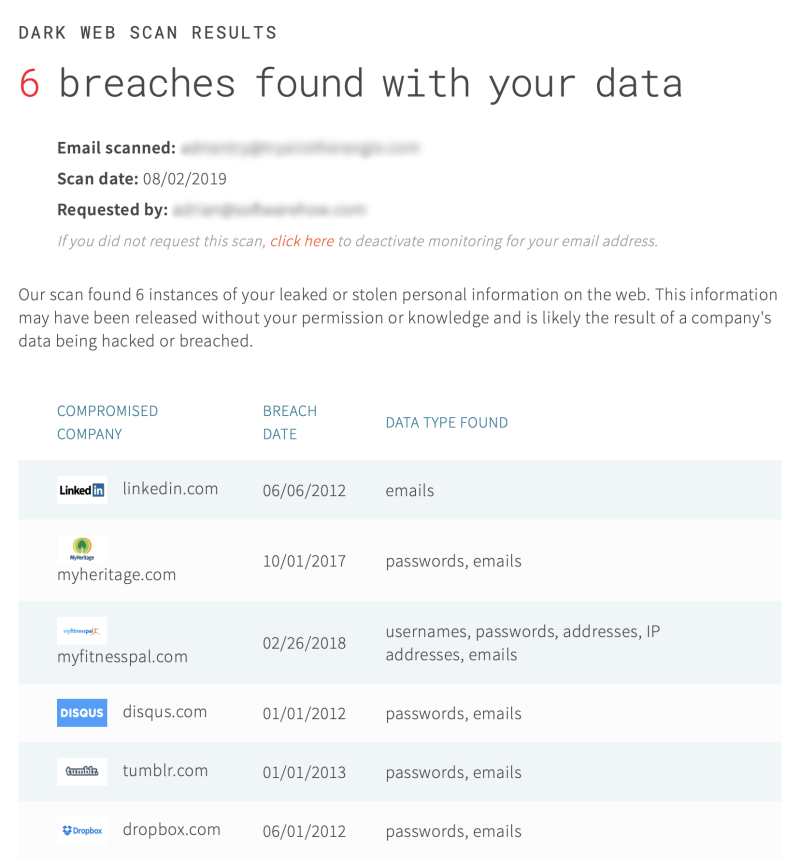
My personal take: Using a password manager doesn’t automatically guarantee absolute security, and it’s dangerous to be lulled into a false sense of security. Fortunately, Dashlane will give you a clear sense of your password health and prompt you when it’s time to change a password, whether that’s because it’s not strong enough, used on a number of websites, or has been compromised. More than that, on many websites Dashlane can do the work of updating your password for you.
8. Enhance Your Privacy and Security with a VPN
As an additional security precaution, Dashlane includes a basic VPN. If you don’t already use a VPN, you’ll find this an additional layer of security when accessing the wifi access point at your local coffee shop, but it doesn’t come close to the power of full-featured VPNs:
- It doesn’t include a kill-switch that protects you when you become inadvertently disconnected from the VPN,
- You can’t configure the VPN encryption protocol,
- You can’t even choose the location of the server you connect to, to spoof your location.
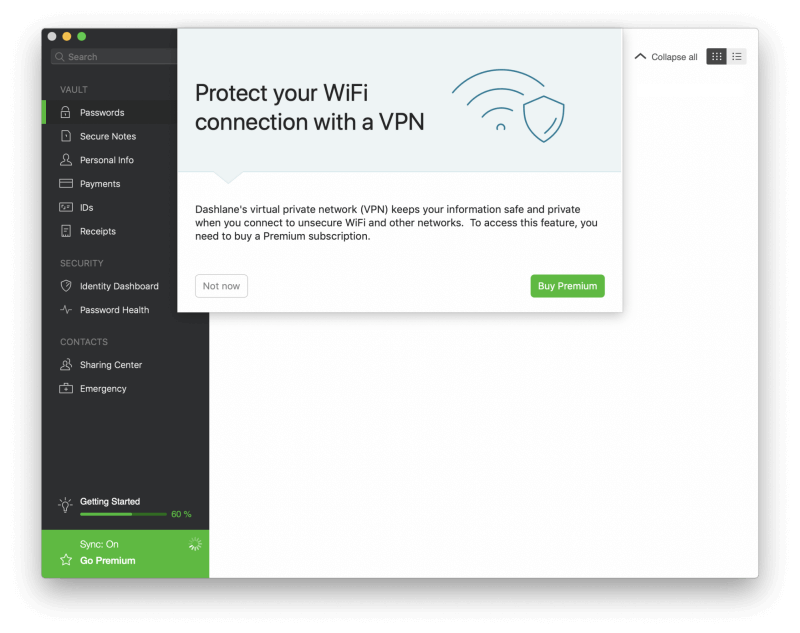
The VPN isn’t available with the free plan or even during the free trial, so I haven’t been able to test it. It’s not powerful enough to be a major reason for choosing Dashlane, it’s nice to know it’s there.
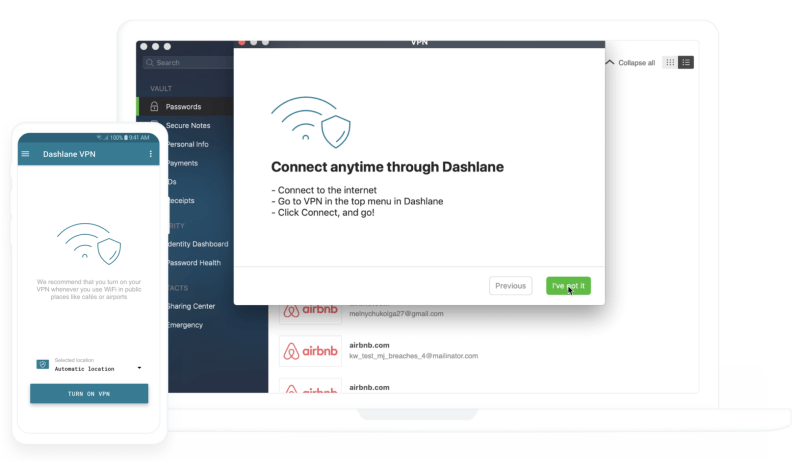
My personal take: VPNs are an effective way to enhance your privacy and security online. If you’re not already using one, Dashlane’s will keep you more secure when connecting to public access points.
Reasons Behind My Dashlane Ratings
Effectiveness: 4.5/5
Dashlane is a full-featured password manager and includes features you won’t find in other applications, including a VPN, password changer, and identity dashboard. It’s available on most desktop and mobile platforms and works with most web browsers.
Price: 4/5
Dashlane is competitively priced, though it hasn’t always been. Its Premium personal plan is only a little more expensive than 1Password and LastPass, and its Business plan is about the same, though there are cheaper options out there. Although a free plan is offered, it is too limited to be used by most users on a long-term basis.
Ease of Use: 4.5/5
Dashlane is easy to use, and the information it presents is clear and understandable. I only consulted the Help pages when trying to use the Password Changer, something I had to contact the support team about. Categorizing passwords is more work than it could be, but overall this app is a delight to use.
Support: 4.5/5
The Dashlane Help page offers searchable articles on a range of basic subjects. The support team can be contacted by email (and they attempt to reply within 24 hours) and live chat support is available from 9:00 am – 6:00 pm EST, Monday to Friday. It took support just over a day to reply to my query, despite being the weekend. I think that was pretty good. After installing the application, a helpful, comprehensive tutorial takes you through the main features of the app. I found this very helpful.
Final Verdict
We use passwords like keys to keep our valuables safe and privacy secure online. A great many of the sites we visit every day need us to log in, requiring yet another password. How do we keep track of them all? Keeping them on a piece of paper in your desk drawer or using the same password for every site are both bad ideas. Instead, use a password manager.
Dashlane is a good choice. It will create strong passwords for you that are hard to crack, remember them all, and automatically fill them in when needed. It runs on just about every computer (Mac, Windows, Linux), mobile device (iOS, Android), and web browser. It rivals 1Password for the number of features offered and includes some that no other password manager does—including a basic built-in VPN.
Unlike 1Password, Dashlane includes a free plan. Impressively, it includes advanced features like a password changer, identity dashboard, and security alerts, but when it comes to the basics it’s too limited. It only supports up to 50 passwords and just one device. If that device fails, you lose all your passwords, which is a huge risk. And 50 passwords won’t last long—these days it’s not uncommon for users to have hundreds.
The Premium plan costs $39.99/year and removes the password limit and syncs them to the cloud and across devices. It also allows you to store sensitive files and has additional security features like dark web monitoring and a VPN. Dashlane Business costs $48/user/year. It’s similar to the Premium Plan, doesn’t include the VPN, and adds features relevant to multiple users.
Finally, there’s an enhanced plan for individuals, Premium Plus. It isn’t available in all countries, including Australia, includes all features of the Premium plan, and adds credit monitoring, identity restoration support, and identity theft insurance. It’s expensive—$119.88/month, but no one else offers anything like it.
Dashlane’s pricing is comparable to other major password managers, though there are cheaper options, and some competitors offer free plans that are more likely to meet your needs. Like much of the competition, a 30-day free trial is offered.
So, what do you think about this Dashlane review? Let us know and leave a comment.
